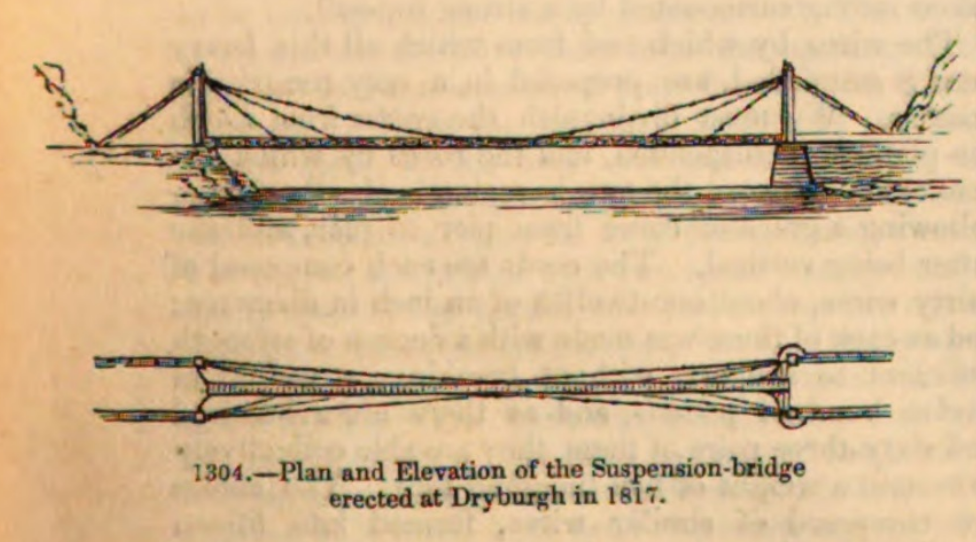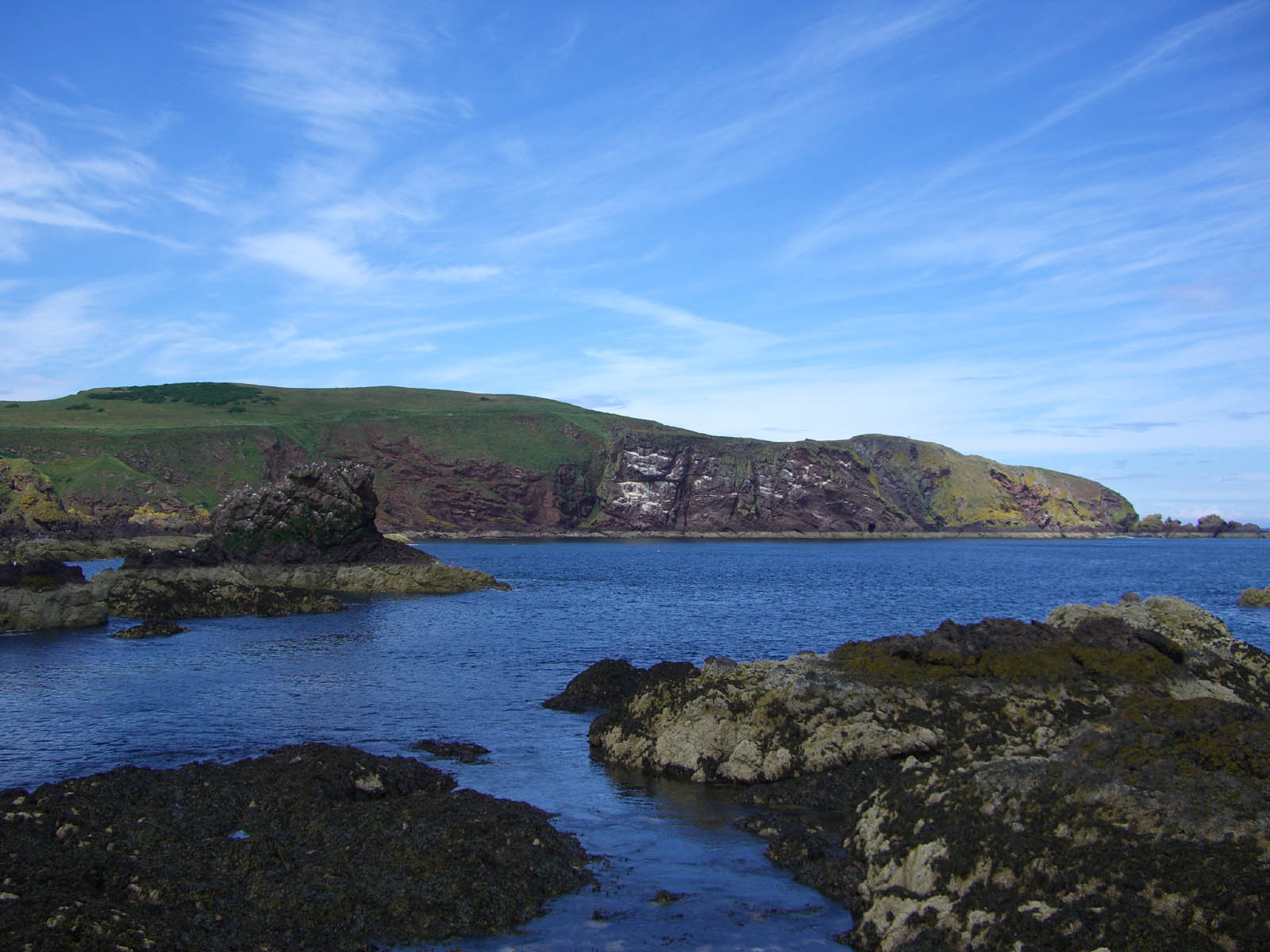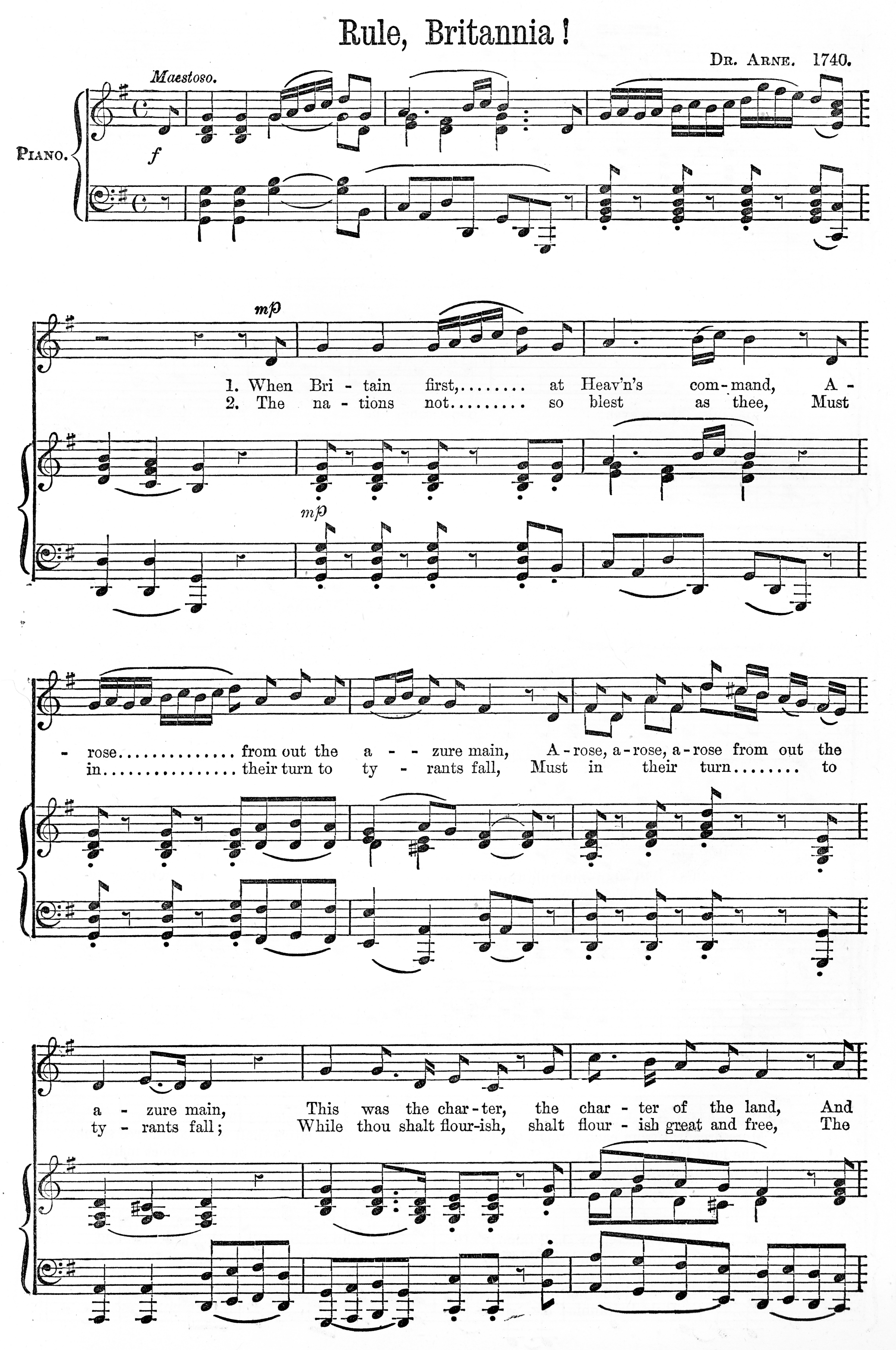|
Dryburgh
Dryburgh is a village in the Borders region of Scotland, within the county of Berwickshire. It is most famous for the ruined Dryburgh Abbey. Dryburgh Abbey Hotel lies on the edge of the village. The village K6 red telephone box outside the former post office is Category B listed. The Old Corn Mill to the south-east is also Category B listed. Dryburgh Abbey Dryburgh Abbey was founded in the 12th century, and burned by English troops in 1322, and again in 1385. It was restored in the 15th century, before being destroyed in 1544. The ruined site is now a scheduled monument, and its grounds are listed in the Inventory of Gardens and Designed Landscapes in Scotland. Orchard Gate Orchard Gate is a 19th century, Category B listed Gothic arched gateway. It has battlemented parapet and piers with incised crosses. Dryburgh Abbey House Dryburgh Abbey House was built in the 18th century. The House was owned by David Erskine, 11th Earl of Buchan. He commissioned extensive garden an ... [...More Info...] [...Related Items...] OR: [Wikipedia] [Google] [Baidu] |
Dryburgh Abbey
Dryburgh Abbey, near Dryburgh on the banks of the River Tweed in the Scottish Borders, was nominally founded on 10 November (Martinmas) 1150 in an agreement between Hugh de Morville, Constable of Scotland, and the Premonstratensian canons regular from Alnwick Abbey in Northumberland. The arrival of the canons along with their first abbot, Roger, took place on 13 December 1152. It was burned by English troops in 1322, after which it was restored only to be again burned by Richard II in 1385, but it flourished in the fifteenth century. It was finally destroyed in 1544, briefly surviving until the Scottish Reformation, when it was given to the Earl of Mar by James VI of Scotland. It is now a designated scheduled monument and the surrounding landscape is included in the Inventory of Gardens and Designed Landscapes in Scotland. David Erskine, 11th Earl of Buchan bought the land in 1786. Sir Walter Scott and Douglas Haig are buried in its grounds. Their respective tomb and headst ... [...More Info...] [...Related Items...] OR: [Wikipedia] [Google] [Baidu] |
Dryburgh Abbey Hotel
Dryburgh Abbey Hotel is a baronial country house, located on the banks of the River Tweed, in Dryburgh about 5 km south east of Melrose in the Scottish Borders. The modern house was first constructed in 1845 and it was converted into a hotel in 1932. It is next to the ruins of Dryburgh Abbey and part of the former churchyard and its burials are within the grounds. The former house had two access lodges, an Upper Lodge and a Lower Lodge. History Dryburgh Abbey House Nearby Dryburgh Abbey House was owned by David Erskine, 11th Earl of Buchan David Stuart Erskine, 11th Earl of Buchan, (1 June 1742 – 19 April 1829), styled Lord Cardross between 1747 and 1767, was a Scottish antiquarian, founder of the Society of Antiquaries of Scotland, and patron of the arts and sciences. Backg .... He commissioned extensive garden and restoration works around the estate incorporating the Abbey as a partial ruin within the house grounds. This also included the erection of the nearby T ... [...More Info...] [...Related Items...] OR: [Wikipedia] [Google] [Baidu] |
Dryburgh Abbey Bridge
Dryburgh Abbey Bridge was a cable-stayed bridge, cable-stayed footbridge of significant historical interest erected near Dryburgh Abbey, in the Scottish Borders, Borders of Scotland. It connected the villages of Dryburgh and St. Boswells (part of a ribbon of settlements, including Newtown St. Boswells), across the River Tweed. A crossing had existed here for centuries, originally with a ferry service. The bridge had been commissioned by David Stewart Erskine, 11th Earl of Buchan, an Eccentricity (behavior), eccentric Scottish Aristocracy (class), aristocrat who later died in Dryburgh. It was long. At the time, the cable-stayed type of bridge was undergoing a period of rapid growth in popularity. The Earl opened the completed bridge on 1 August 1817, but in January 1818 it collapsed. One of the designers, Thomas Smith, said of the collapse that due to "high wind increasing to [a] perfect hurricane, it carried off [the] chain bridge, leaving only the fastenings and supports, the ... [...More Info...] [...Related Items...] OR: [Wikipedia] [Google] [Baidu] |
David Erskine, 11th Earl Of Buchan
David Stuart Erskine, 11th Earl of Buchan, (1 June 1742 – 19 April 1829), styled Lord Cardross between 1747 and 1767, was a Scottish antiquarian, founder of the Society of Antiquaries of Scotland, and patron of the arts and sciences. Background and education Erskine was the second but eldest surviving son of Henry Erskine, 10th Earl of Buchan, by Agnes, daughter of Sir James Stewart, 1st Baronet. He was the brother of Hon. Henry Erskine and Lord Erskine. His elder sister was Lady Anne Erskine who was involved with the evangelical methodists of Countess of Huntingdon's Connexion. He studied at St. Andrews University (1755–59) Edinburgh University (1760–62) and Glasgow University (1762–63). He studied under Adam Smith, and Joseph Black. He married, on 15 October 1771 at Aberdeen, his cousin Margaret Fraser (–1819), the granddaughter of the 12th Lord Saltoun. They had no children. His main residence was Kirkhill House in Broxburn, Linlithgowshire (West Lot ... [...More Info...] [...Related Items...] OR: [Wikipedia] [Google] [Baidu] |
Dryburgh Suspension Bridge
Dryburgh Suspension Bridge is a suspension bridge erected near Dryburgh Abbey, Scottish Borders. History The footbridge across the River Tweed was erected in 1872 with a gift intended to allow the Dryburgh villagers to worship at the Church (building), churches in St. Boswells (part of a ribbon of settlements including Newtown St. Boswells). An earlier bridge nearby, the Dryburgh Abbey Bridge, collapsed in 1818. Design It is a relatively simple design with only one suspended span. References External links * {{coord, 55.5799, -2.6503, display=title Bridges across the River Tweed Bridges in the Scottish Borders Bridges completed in 1872 Suspension bridges in Scotland 1872 establishments in Scotland ... [...More Info...] [...Related Items...] OR: [Wikipedia] [Google] [Baidu] |
Sir Walter Scott
Sir Walter Scott, 1st Baronet (15 August 1771 – 21 September 1832), was a Scottish novelist, poet and historian. Many of his works remain classics of European literature, European and Scottish literature, notably the novels ''Ivanhoe'' (1819), ''Rob Roy (novel), Rob Roy'' (1817), ''Waverley (novel), Waverley'' (1814), ''Old Mortality'' (1816), ''The Heart of Mid-Lothian'' (1818), and ''The Bride of Lammermoor'' (1819), along with the narrative poems ''Marmion (poem), Marmion'' (1808) and ''The Lady of the Lake (poem), The Lady of the Lake'' (1810). He had a major impact on European and American literature, American literature. As an advocate and legal administrator by profession, he combined writing and editing with his daily work as Clerk of Session and Sheriff court, Sheriff-Depute of Selkirkshire. He was prominent in Edinburgh's Tory (political faction), Tory establishment, active in the Royal Highland and Agricultural Society of Scotland, Highland Society, long time a p ... [...More Info...] [...Related Items...] OR: [Wikipedia] [Google] [Baidu] |
Borders Abbeys Way
The Borders Abbeys Way is a long-distance footpath in the Scottish Borders area of Scotland. It is a circular walkway and is in length. The theme of the footpath is the ruined Borders abbeys (established by David I of Scotland) along its way: Kelso Abbey, Jedburgh Abbey, Melrose Abbey and Dryburgh Abbey. These abbeys were homes to monks, who lived there between the 12th and 16th centuries. The route also passes through the towns of Hawick and Selkirk, and close to Abbotsford House, the home of Sir Walter Scott. Along the Borders Abbeys Way there are several rivers: Jed Water, River Teviot, River Tweed, Ale Water, and Rule Water. The route was opened in 2006, and is managed and maintained by Scottish Borders Council. It is now designated as one of Scotland's Great Trails by NatureScot. The route links with four of the other Great Trails: the Cross Borders Drove Road, the Romans and Reivers Route, St Cuthbert's Way and the·Southern Upland Way. About 15,000 people use the pat ... [...More Info...] [...Related Items...] OR: [Wikipedia] [Google] [Baidu] |
Bemersyde House
Bemersyde House is a historic house in Roxburghshire, Scotland. The nearest towns are Newtown St. Boswells, Melrose, and Dryburgh. The William Wallace Statue, Bemersyde is on the Bemersyde Estate. History Dating back to the 16th century as a peel tower, Bemersyde was bought by the British Government in 1921 and presented to Field-Marshal The 1st Earl Haig, the British Commander in World War I. The House is the seat of the chief of Clan Haig, currently Alexander Douglas Derrick Haig, 3rd Earl Haig. The family motto of the Earls Haig is "''Tyde what may''", which refers to a 13th-century poem by Thomas the Rhymer which predicted that there would always be a Haig in Bemersyde: See also * Bemersyde, Bemersyde Moss *List of places in the Scottish Borders *List of places in Scotland This list of places in Scotland is a complete collection of lists of places in Scotland. *List of burghs in Scotland *List of census localities in Scotland *List of islands of Scotland **List ... [...More Info...] [...Related Items...] OR: [Wikipedia] [Google] [Baidu] |
Berwickshire
Berwickshire (; ) is a historic county, registration county and lieutenancy area in south-eastern Scotland, on the English border. The county takes its name from Berwick-upon-Tweed, its original county town, which was part of Scotland at the time of the county's formation in the twelfth century, but became part of England in 1482 after several centuries of swapping back and forth between the two kingdoms. After the loss of Berwick, Duns and Greenlaw both served as county town at different periods. Berwickshire County Council existed from 1890 until 1975, when the area became part of the Borders region, with most of the historic county becoming part of the lower-tier Berwickshire district. Berwickshire district was abolished in 1996, when all the districts in the Borders region merged to become the Scottish Borders council area. The low-lying part of Berwickshire between the Tweed and the Lammermuirs is known as "the Merse", from an old Scots word for a floodplain, and ... [...More Info...] [...Related Items...] OR: [Wikipedia] [Google] [Baidu] |
Scottish Borders
The Scottish Borders is one of 32 council areas of Scotland. It is bordered by West Lothian, Edinburgh, Midlothian, and East Lothian to the north, the North Sea to the east, Dumfries and Galloway to the south-west, South Lanarkshire to the west, and the English Ceremonial counties of England, ceremonial counties of Cumbria and Northumberland to the south. The largest settlement is Galashiels, and the administrative centre is Newtown St Boswells. The term "Scottish Borders" is also used for the areas of southern Scotland and northern England that bound the Anglo-Scottish border, namely Dumfries and Galloway, Scottish Borders, Northumberland, and Cumbria. The council area occupies approximately the same area as the Shires of Scotland, historic shires of Berwickshire, Peeblesshire, Roxburghshire, and Selkirkshire. History The term Border country, Borders sometimes has a wider use, referring to all of the Counties of Scotland, counties adjoining the English border, also includin ... [...More Info...] [...Related Items...] OR: [Wikipedia] [Google] [Baidu] |
Chain Bridge
A chain bridge is a historic form of suspension bridge for which chains or eyebars were used instead of wire ropes to carry the bridge deck. A famous example is the Széchenyi Chain Bridge in Budapest. Construction types are, as for other suspension bridges, a stressed ribbon bridge, a true suspension bridge, and special forms, such as the Tower Bridge and the Albert Bridge, London. Chain bridges were the first bridges able to cross wider spans than the previous wooden and stone bridges, combined with shorter building times and at lower costs.Robert Stevenson: ''Description of Bridges of Suspension.'' In: ''The Edinburgh Philosophical Journal'', ed. Sir David Brewster, Robert Jameson. vol. 5 no. 10, Edinburgh 1821, p. 237. History The first chain bridge i ...[...More Info...] [...Related Items...] OR: [Wikipedia] [Google] [Baidu] |
Rule Britannia
"Rule, Britannia!" is a British patriotic song, originating from the 1740 poem "Rule, Britannia" by James Thomson and set to music by Thomas Arne in the same year. It is most strongly associated with the Royal Navy, but is also used by the British Army. ''Alfred'' The song was originally the final musical number in Thomas Arne's ''Alfred'', a masque about Alfred the Great, co-written by James Thomson and David Mallet and first performed at Cliveden, the country home of Frederick, Prince of Wales, on 1 August 1740. The work was initially devised to commemorate the accession of Frederick's grandfather George I and the birthday of the Princess Augusta. Lyrics This version is taken from ''The Works of James Thomson'' by James Thomson, Published 1763, Vol II, p. 191, which includes the entire text of ''Alfred''. "Married to a Mermaid" In 1751 Mallet re-used the text of "Rule, Britannia!", omitting three of the original six stanzas and adding three new ones by L ... [...More Info...] [...Related Items...] OR: [Wikipedia] [Google] [Baidu] |







